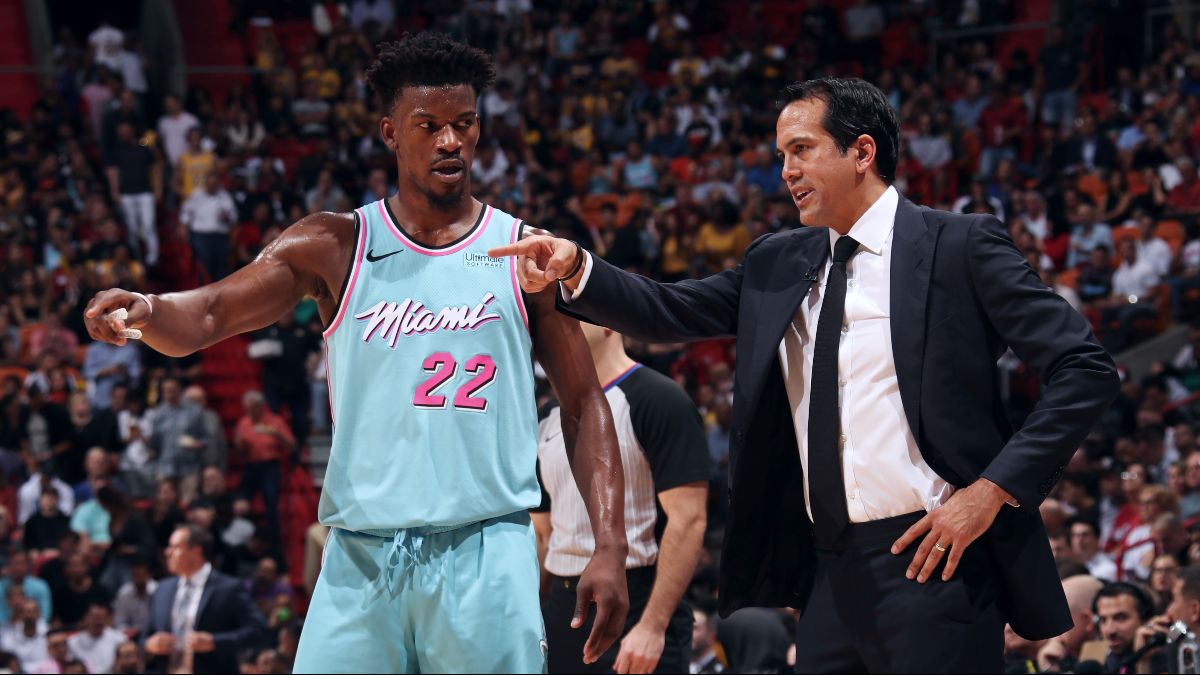

Considering savvy bettors wager much more than recreational ones, the money an online sportsbook stands to lose offering +EV bets is hard to recoup. The sports betting market is very near efficient because anytime a reputable online sportsbook offers a +EV wager savvy sports bettors (be it professionals, or those who can cap a market via a line feed and calculator) will be there to bet and keep betting until that sportsbook moves the line to the point smart bettors no longer have an interest. To make sure the main point in this article is very clear I’ll spell it out one final time. This makes shading the lines to service the public risky. With this being the case the site might need 60 or more average bettors per one professional. However it doesn’t even work out this ideal, because what happens is when the lines -7.5 instead of -7.0 only 65% of their bettors are going to bet the wrong side because many recreational punters bet randomly.
#Fade in betting professional
For example, if a recreational focused online sportsbook has an average bet size of $55.00 per and a professional can wager $1,100 to win $1,000 – this site theoretically needs 20 recreational punters to offset action from professionals. Even if this is a reputable recreational sportsbook with a small maximum bet of $1,000 (example Bovada, Intertops etc.) all the maximum bets they receive from smart money and from those using Pinnacle to cap the market is going to FAR exceed the dollars wagered by recreational bettors. If they hang out a betting line that is +EV, big money shows up placing maximum bets. Reputable betting sites make their money by doing the best job possible to arrive at betting odds smart money has no interesting in betting.

Eventually, honest bookmakers came about and this changed everything. Many of the nicer shops would just place the punters on a very tiny maximum bet (say $100.00) or ban them, while less than reputable sites would gross slow pay them, or make up excuses to steal their balance, or do anything else they could to make the professional think twice about ever using their betting website again. Meanwhile the betting sites treated players who never bet the square sides horribly. Doing this “the public – also known as squares” as opposed to “professionals – also known as sharps” would end up in a spot where they were only going to win this bet 45.2% of the time, but the -115 required them to win 53.5% of the time just to breakeven (this math is explained in our article on buying half points). If the public loved the New England Patriots and the fair line was -6 +100 the bookmaker might offer Patriots -7 -115. Notre Dame pulled off a 24-17 upset.The idea here is it was rather easy to predict what most recreational punters (the public) were going to bet. Using the contrarian method of fading the public would have led you to a win. The majority of tickets – 63 percent to be exact – were on Michigan to win and cover. The game was the most heavily bet game of the day. The Wolverines were a 2.5-point road favorite. Take the 2018 season-opening Michigan-Notre Dame game. If you bet against road teams getting 75 to 80 percent of wagers over the last eight seasons, you would have won approximately 56 percent of the time. In college football, road teams getting a ton of public action make for a great fade scenario. That means betting against the public has led to more wins than losses. Over the past eight seasons, games in which 75 percent of the public bet on one side have lost roughly 54 percent of the time. One of the situations where you can clearly see how fading the public works is in the NFL. Oftentimes, public betting will move a line by a half-point making fading the public even more valuable. Knowing this, sportsbooks shade their lines against favorites and Overs since they know bettors will often play them blindly. The betting public has a tendency to bet on favorites and Overs. Professional Sports Handicapper Reviews When to Fade the Public


 0 kommentar(er)
0 kommentar(er)
